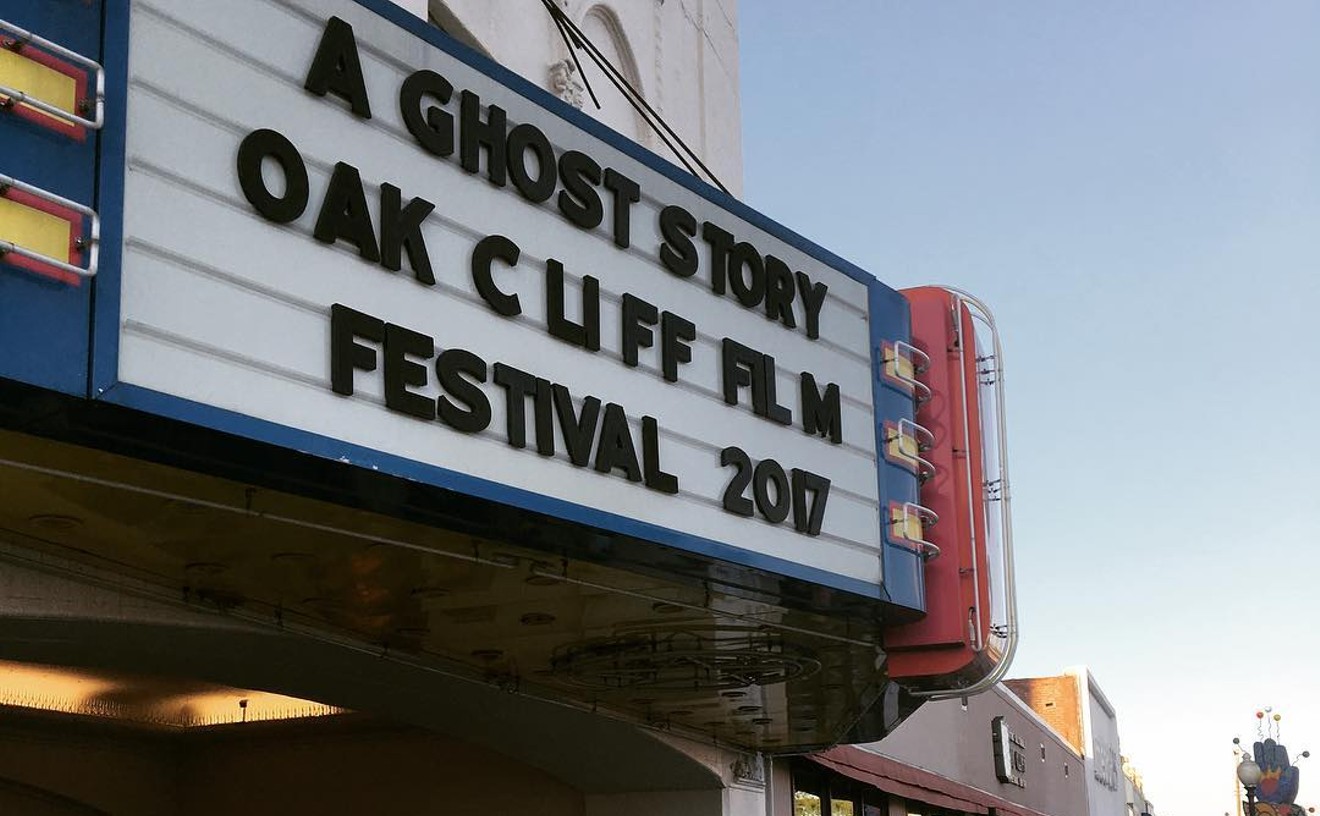The Elbow Room, a low-key, 1930s building that houses a restaurant and bar in the Baylor district, has run out of elbow room.
The historic 1,824-square-foot brick structure on Gaston Avenue could soon face the wrecking ball and has landed on Preservation Dallas’ 2016 Most Endangered Historic Places list along with several other notable properties.
“The Elbow Room is one of the last remaining historic commercial buildings on that block of Gaston and is threatened with being purchased or acquired by eminent domain by the Texas A&M University System,” according to the nonprofit group. “They would like to demolish the building to build a new clinical education building on the lot for its dental school.”
The modest eatery stands near Preservation Dallas’ office in the Wilson Historic District where, seated by an open window in the turn-of-the-century home, Preservation Dallas' director, David Preziosi, and events coordinator, Donovan Westover, talked about the city’s various architectural styles and the process of trying to save them. With photos of structures from 2015’s list displayed above the room’s wainscoting, Preziosi explained how properties are nominated and reviewed, then selected based on architectural, historical and cultural importance, as well as immediate threat.
“It only takes one night to knock a building down,” Westover said. “And it happens here a lot under the radar.”
Buildings must be 50 years old to be an historic resource, Preziosi said. And although eminent domain is a tough challenge, he said developers will sometimes change their mind or build around a structure.
“This year’s list also includes threatened buildings in Fair Park and along the proposed Dart D2 Line in downtown and Deep Ellum. Other at-risk buildings can be found in Oak Cliff, Highland Park and University Park.
“We use this [list] as a way to try to garner support for these buildings from the public,” Preziosi said. “We just choose the ones that are the best fit.”
For instance, because of its association with Polar Bear Ice Cream and nearby Lake Cliff Park, the whimsical Polar Bear building on Zang Boulevard in Oak Cliff is “an important piece of roadside architecture,” Preziosi said.
The colorful building has suffered some structural damage due to recent storms but retains the classic appeal of a Route 66, or in this case a Bankhead Highway, landmark.
Two other buildings on the endangered list, the Williams House in University Park and the Penson House in Highland Park, include examples of Texas Regionalism, which Preziosi said was created in response to the climate. The simple designs used lots of natural materials like wood and stone and generally had larger overhangs to the roof.
“They were typically one room deep, so you can open the windows to catch the breezes through the house,” he said.
The Williams House was designed by architect David R. Williams in 1932 for University Park Mayor Elbert Williams. According to Preservation Dallas, University Park has no protections for historic buildings.
The Penson House, Preziosi pointed out, incorporates a system of screens along the front of the house for shade. The 9,800-square-foot structure was designed by O’Neil Ford and built in 1954.
Westover said David R. Williams is recognized as the father of Texas Regionalism architecture. And Ford was a protégé of Williams.
“We’ve witnessed several of [Ford’s designs] get knocked down,” he said.
At-risk buildings are peppered throughout the city without preference to a single architectural style, Westover said, adding that many North Dallas homes are also currently at risk because of development pressure.
“We’re losing larger houses in the Preston Hollow area as well because the land is valuable,” Preziosi said. “We’re always fighting the dirt value.”
Many of the older homes were built to last with heavy timbers, dense wood and elaborate craftsmanship, Preziosi said. But other than in high-end homes, that isn’t typically seen in newer structures.
Preziosi said architecturally insignificant buildings could still have cultural or historical value and can sometimes be grouped together as a neighborhood historical district.
“There’s something in a neighborhood,” Westover said. “It’s charming. It’s cozy. It’s a little more intimate.”
Preservation Dallas will host its annual fall architectural tour starting at 8:30 a.m. Saturday, Oct 29. The tour will honor the life of famed realtor Ebby Halliday who died last year at age 104.
“It’s a nice assemblage of properties,” Westover said. “We use the tour as a way to educate people about the great architecture in Dallas that can continue to be used to contribute to the city’s character.”
[
{
"name": "Air - MediumRectangle - Inline Content - Mobile Display Size",
"component": "18855504",
"insertPoint": "2",
"requiredCountToDisplay": "2"
},{
"name": "Editor Picks",
"component": "17105533",
"insertPoint": "4",
"requiredCountToDisplay": "1"
},{
"name": "Inline Links",
"component": "18349797",
"insertPoint": "8th",
"startingPoint": 8,
"requiredCountToDisplay": "7",
"maxInsertions": 25
},{
"name": "Air - MediumRectangle - Combo - Inline Content",
"component": "17105532",
"insertPoint": "8th",
"startingPoint": 8,
"requiredCountToDisplay": "7",
"maxInsertions": 25
},{
"name": "Inline Links",
"component": "18349797",
"insertPoint": "8th",
"startingPoint": 12,
"requiredCountToDisplay": "11",
"maxInsertions": 25
},{
"name": "Air - Leaderboard Tower - Combo - Inline Content",
"component": "17105535",
"insertPoint": "8th",
"startingPoint": 12,
"requiredCountToDisplay": "11",
"maxInsertions": 25
}
]










